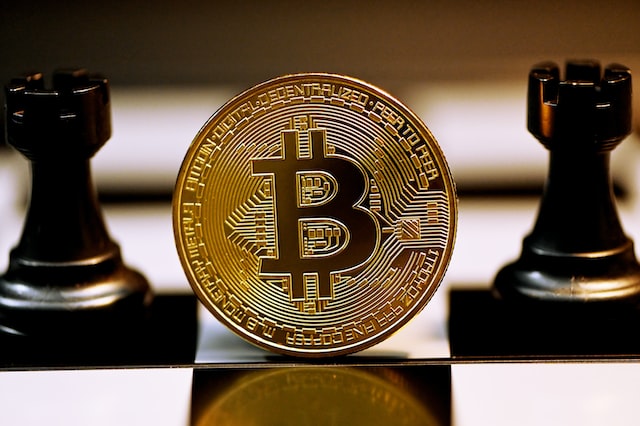Demystifying NFTs: What They Are and Why They Matter

In recent years, Non-Fungible Tokens, or NFTs, have burst onto the scene. They have taken the art world, gaming, and digital collectibles by storm. But what are they? Why do they matter? Let’s break it down in simple terms.
What is an NFT?
An NFT, or Non-Fungible Token, is a unique digital asset. “Non-fungible” means that it cannot be exchanged for something else. For example, a dollar bill is fungible. One dollar can be exchanged for another dollar. However, one NFT is different from another. Each one has its own distinct value.
NFTs are often created using blockchain technology. This is similar to cryptocurrencies like Bitcoin. The blockchain is a type of digital ledger that records transactions. It ensures that each NFT is one-of-a-kind and verifies ownership.
Examples of NFTs
NFTs can represent a wide range of digital items. Some common examples include:
- Artwork: Digital artists can sell their work as NFTs. Each piece is verified on the blockchain.
- Music: Musicians can sell songs or albums as NFTs. Fans can own a unique version of their favorite track.
- Videos: Short clips or full-length movies can be turned into NFTs. Collectors can own a piece of video history.
- Game Items: In video games, players can buy, sell, or trade unique items as NFTs. These can include characters, skins, or weapons.
- Virtual Real Estate: Some companies sell virtual land as NFTs. Users can buy digital plots in online worlds.
Each NFT typically comes with metadata that provides details about the asset. This includes the creator, ownership history, and features.
Why Are NFTs Valuable?
The value of NFTs comes from several factors:
- Scarcity: Each NFT is unique. Artists can create limited editions or one-of-a-kind pieces. This makes them collectible.
- Provenance: The blockchain keeps a permanent record of ownership. Buyers can trace the history of an NFT. This adds to its value.
- Community: Many NFTs are part of a larger community. Owning an NFT can grant access to exclusive events or groups. Some collectors see this as a status symbol.
- Creative Freedom: Artists can sell their work directly to fans. They do not need to rely on galleries or middlemen. Many artists have found new revenue streams through NFTs.
- Potential for Investment: Some people buy NFTs hoping their value will rise over time. While this is risky, it has attracted many investors.
The Impact of NFTs
NFTs have changed how we think about ownership. They challenge traditional ideas about art and collectibles. Here are some of the impacts:
- Empowerment for Creators: Artists now have more control over their work. They can directly connect with fans and potential buyers.
- New Revenue Models: Creators can earn money through royalties. This means they can receive a percentage every time their NFT is sold in the future.
- Innovation in Entertainment: NFTs have opened new possibilities for films, music, and games. Artists and companies can create engaging experiences around their products.
- Environmental Concerns: The energy consumption of blockchain technology has raised eyebrows. Many NFTs are built on platforms that use a lot of energy. This has led to a push for greener alternatives.
Future of NFTs
The future of NFTs is bright but uncertain. Many experts believe that NFTs could evolve beyond art and collectibles. They may play a role in various industries, such as real estate, ticketing, and virtual identity.
As technology advances, we may see more use cases for NFTs. They could become a regular part of our digital lives. Imagine owning a digital ID tied to your online profile or purchasing a ticket to a virtual concert as an NFT.
Conclusion
NFTs have taken the digital world by storm. They offer a new way to own and trade digital assets. While they have drawn both excitement and skepticism, their impact is undeniable. By understanding what NFTs are and why they matter, we can better navigate this new digital landscape. Whether you are a creator, collector, or simply curious, NFTs are a phenomenon worth exploring.




